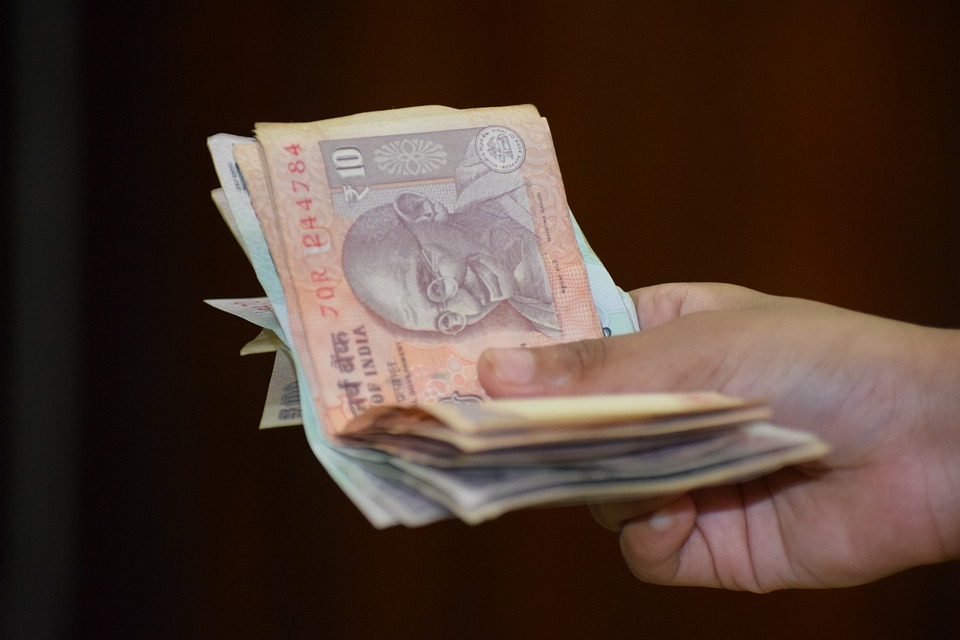Supply-side economics is a theory that has had a significant impact on economic policy in recent decades. Coined in the 1970s, supply-side economics argues that economic growth and prosperity can be achieved by focusing on the supply side of the economy rather than the demand side. In other words, by providing incentives for businesses and workers to produce more, the theory posits that there will be increased economic growth, job creation, and enhanced overall well-being.
The primary assumption of supply-side economics is that tax cuts and deregulation will encourage businesses to invest more and workers to work harder, leading to greater productivity and economic growth. Proponents of this theory contend that reducing taxes on businesses and high-income individuals will free up capital for investment and incentivize entrepreneurs to take risks. Additionally, they argue that reducing regulations will decrease the costs and burdens on businesses, thereby stimulating entrepreneurship and innovation.
Supply-side economics gained prominence during the Reagan era in the United States. President Ronald Reagan and his economic advisors believed that reducing taxes, particularly on the wealthy, would incentivize investment and lead to economic growth. The supply-side policies implemented during this time were successful in boosting the economy, as evidenced by the significant GDP growth and job creation during Reagan’s presidency.
However, the success of supply-side economics is a subject of debate among economists. Critics argue that the theory disproportionately benefits the wealthy and exacerbates income inequality, while failing to deliver promised economic growth for the majority. They contend that tax cuts primarily benefit the wealthy, who are more likely to save or invest the extra income rather than spend it, leading to minimal trickle-down effects to the broader economy.
Furthermore, some economists argue that supply-side policies can contribute to budget deficits and increase the national debt. Without adequate revenue from taxes, the government may have to borrow more, leading to higher interest rates and diminishing the long-term sustainability of the economy.
In recent years, supply-side economics has seen somewhat of a resurgence. The Trump administration in the United States implemented policies aligned with supply-side principles, including significant tax cuts and deregulation. Proponents argued that these policies would spur economic growth and benefit the middle class.
The impact of supply-side policies under the Trump administration is still a topic of debate. While the tax cuts did lead to unprecedented corporate profits and stock market gains, critics argue that the benefits did not trickle down as promised. Additionally, the increased budget deficit resulting from the tax cuts has raised concerns about the long-term economic consequences.
In conclusion, supply-side economics has had a significant influence on economic policy in recent decades. While proponents argue that tax cuts and deregulation stimulate economic growth, critics contend that these policies exacerbate income inequality and fail to deliver broad-based prosperity. As governments around the world grapple with the challenges of economic recovery in the wake of the COVID-19 pandemic, the role of supply-side economics in shaping economic policy remains a relevant and contentious topic for discussion.

